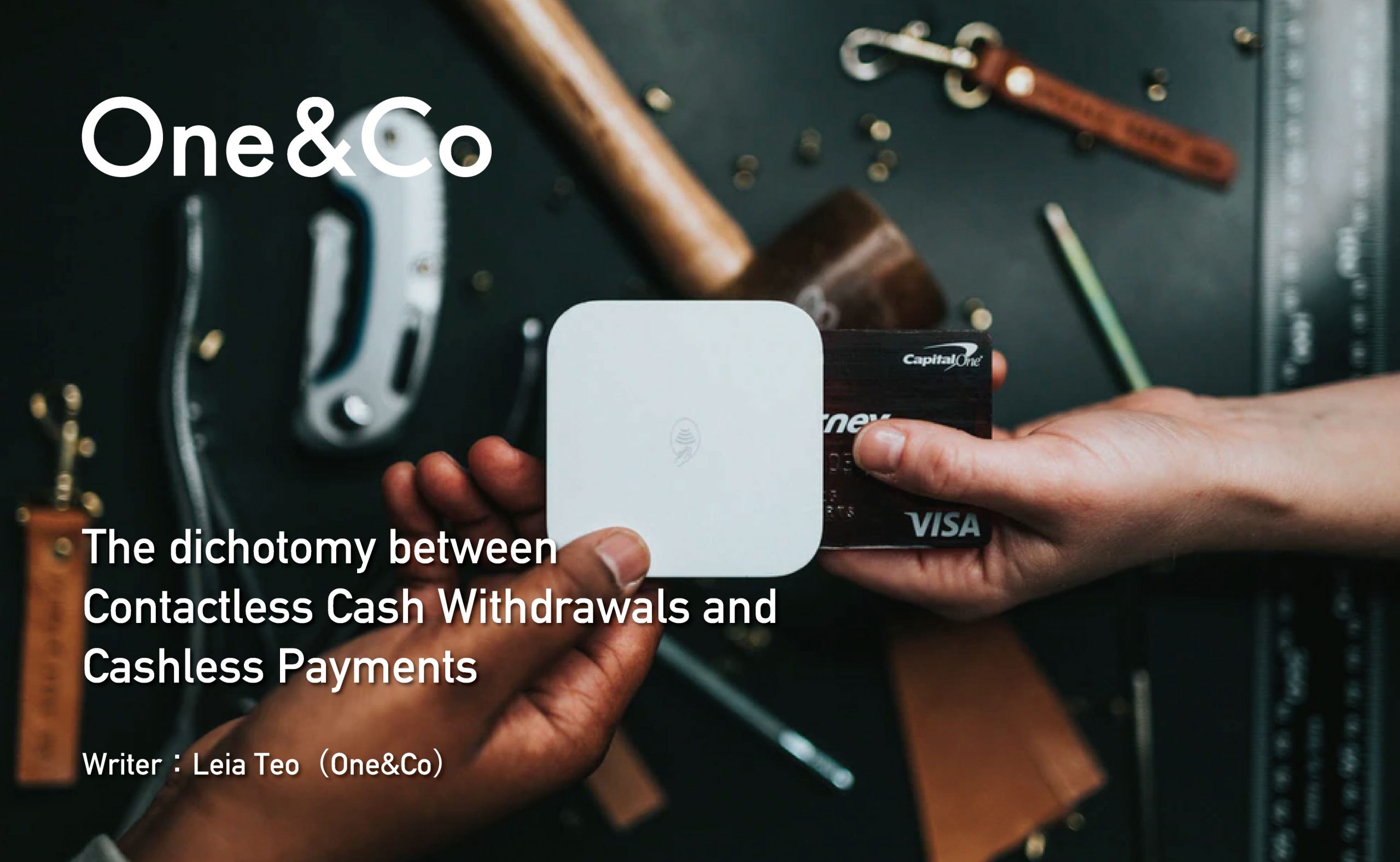



In the past two years, Singapore has seen a rise in new initiatives rolled out by local banks and startups alike, in a bid to adapt to new modes of financial services. With smartphones becoming the primary banking service platform for many, service providers are quick to adapt and evolve to the needs and wants of an increasingly digital consumer population. From contactless payments using Near Field Communication (NFC) technology such as PayWave to cardless transactions just by scanning a QR Code via in-house applications on your smartphone, cardless cash withdrawals have also made their way into the foray.
Both Oversea-Chinese Banking Corporation (OCBC) and United Overseas Bank (UOB) for instance have each launched their own initiative that allows consumers to withdraw cash from their respective ATMs through their smartphones. However, banks are not the only ones that have explored contactless cash withdrawals. SoCash, a Singapore fintech company, first allowed users in mid-2018 to withdraw cash via their smartphones not just from ATMs, but shops as well. The service is secure, convenient and available around the clock, as well as provides access to “cardless” cash withdrawal network for major banks in Singapore. Boasting a digital cash circulation platform, SoCash partnered with 7-11 to offer customers the ability to withdraw cash at any 7-11 outlet across the island through a SoCash mobile application, with the condition of an in-store purchase.
But as demand for digital financial services increase and the adequate infrastructure to support it develops further, it does beg the question whether cash withdrawals, cardless or not, would stay relevant in Singapore in the years to come. It is thus not surprising, to hear that SoCash’s distributed cash network service is looking beyond Singaporean shores.
Just recently in October, SoCash entered into a partnership with one of Japan’s major credit card issuers, JCB, to launch its first cardless cash withdrawal services in Southeast Asia in early 2020. This new service is aimed at allowing Japanese tourists more convenience and safety when visiting popular sites in SEA countries, that have low card penetration and high card fraud risks such as exorbitant ATM withdrawal fees. Just by registering their JCB credit card information with the SoCash mobile application on their smartphones, users will be able to withdraw local currencies from cash registers at partner retailers after showing a QR code displayed on their device.
It would be interesting however to see the reverse happening as well, namely cardless cash withdrawals made accessible to tourists visiting Japan. For a country well-known for its high-technology lifestyle, the Japanese have surprisingly been slower in adapting to technological changes in the financial sector. The catchphrase “Cash is King” still rings true in Japanese society, where consumers and suppliers remain heavily reliant on paper money for financial transactions. Four out of five purchases are still made with cash in Japan. While most adults now own a credit card, these can still only be used in major retailers in large cities and towns. This is even more surprising considering Japanese firms invented the two key cashless payments technologies that power most mobile payments done today. NFC technology was developed by Sony and NXP Semiconductors in 2002, while QR Codes were developed by Denso Wave company in 1994. The first mobile wallet in the world was also launched in Japan, created by I Mode and DOCOMO in 1999.
In recent years however, Japan is seeing increased usage of mobile payments. While Singapore has GrabPay and FavePay, Japan has PayPay, LINE and Rakuten Pay, which similarly allows for mobile transactions to occur via a QR code and in-house application where users have pre-registered their bank account or card details. Similar to AndroidPay or SamsungPay in Singapore, contactless chip and NFC technology has also allowed for mobile payments via SUICA in Japan.
While mobile payments are picking up steam in Japan – LINE Pay, Rakuten Pay, Paypay, SUICA — of the seven leading smartphone-based payment systems in Japan (Rakuten Pay, PayPal, Apple Pay, Line Pay, Google Pay, Amazon Pay and Origami Pay), none have a market penetration of more than about 5 percent — though Rakuten Pay is close to reaching it.Cash remains the most popular option for transactions, particularly for an aging Japanese population that might feel more comfortable with paper money.
Particularly for foreigners visiting Japan, travel blogs often caution visitors to always have enough cash on hand, or to make sure their credit cards can be accepted by Japanese ATMs. Mobile SUICA payments are also not accessible to Android users from outside of Japan due to Japanese Android smartphones having a contactless chip and special SIM card built into them.
The Japanese government has also recognized the need for greater cashless payment services to drive inbound tourism, having put in place its grand plan of making Japan a cashless society by 2027. In the interim however where cash still reigns, it might be interesting to consider services that offer consumers the option of accessing their money conveniently, through contactless and cardless cash withdrawals that are not impeded by physical barriers.
2019.12.05 | text by Leia Teo(One&Co)